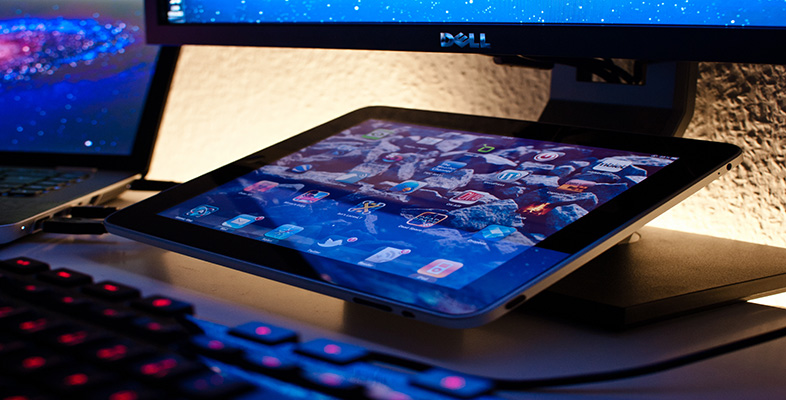3 Information technology, productivity and growth
3.1 The impact of information technology
Having discussed the radical and pervasive effect that inventions in previous eras have had on economy-wide productivity, and how they have even defined entire periods, we shall now ask how the rise of information technology compares to these previous revolutions. During the early growth phase of PC use, a leader article in Fortune magazine did not hesitate to compare the rise of the PC to previous technological revolutions.
The chip has transformed us at least as pervasively as the internal-combustion engine or electric motor.
(Fortune, 8 June 1988, pp. 86–7)
In fact, the debate about the ‘new economy’ is a debate about whether the computer and the internet have had an impact on the economy as great as that of other GPTs in previous eras.
Question 4
Would you say that the personal computer is a GPT?
(Hint: in what ways is it applicable across a broad range of uses?)
Answer
The personal computer (PC) qualifies as a GPT due to the wide-ranging and pervasive effect it has had on the economy. Given the four characteristics of GPTs, consider how it: (1) has continued to experience radical improvements, such as the doubling of processor speed every 18 months (known as ‘Moore's Law’), (2) is applicable across a wide variety of industries, from online trading to inventory control in factories, (3) has created the need for new products and processes, such as the production of portable printers, and (4) is often used alongside older technologies, such as the use of computer-aided design/manufacturing (CADCAM) to reduce inventory alongside traditional assembly lines. Furthermore, as happened with electrification, for many years the PC did not break free from its predecessor, the mainframe, but served mainly to support it (as display terminals). Only in 1990, with the emergence of the Wintel platform, that is, the interaction between the Windows operating system and the Intel processor, did the PC break free from IBM's grip on the mainframe computer market.
The emergence of IT has created new products, processes and distribution systems. New products include the computer, the internet and digital TV; new processes include internet banking, automated inventory control and automated teller machines; and new distribution systems include cable and satellite TV. But the evidence does not fully support the claim that IT has affected economy-wide productivity in the same way as technological change in previous eras. In the late 1980s Robert Solow, a Nobel prize-winning economist from the Massachusetts Institute of Technology, summarised the problem as follows: ‘Computers appear everywhere but in the productivity statistics’ (Solow, 1987). The ‘Solow Paradox’, as this is often called, addresses the fact that the wave of inventions based on the microprocessor and the memory chip failed to generate the economy-wide increases in productivity that previous technological revolutions had produced. Only in the mid 1990s did productivity growth seem to be on a rebound: between 1975 and 1995 the annual average productivity growth for the business sector in the USA (i.e. non-agricultural production) was only 1.4 per cent per annum; after 1996 the annual average rose to 2.9 per cent. In the first two quarters of 2000 the figure reached 5.2 per cent, putting it on a par with the productivity increase that occurred after the electrical revolution. In the past, new technologies such as electricity began to affect economy-wide productivity only once they had reached the 50 per cent penetration rate (i.e. when 50 per cent of households and/or businesses used the technology). For electricity, this occurred in the 1920s. Since PCs reached the 50 per cent mark in the USA only in 1999, it might still be too early to ask whether the computer is showing up in the productivity statistics.
